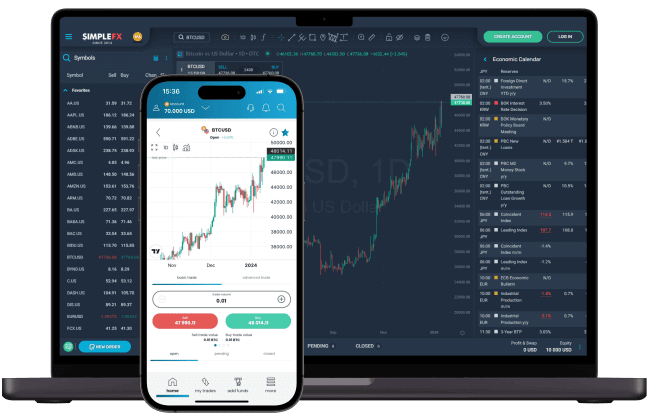Agricultural commodities present a broad range of vital resources. These assets are integral to both local economies and global markets.
- Agricultural commodities respond to different market forces than natural resources.
- Climate and weather conditions heavily impact agricultural commodity prices due to the impact on crop yields.
- The U.S. dollar – as a global reserve currency – also significantly affects agricultural commodity prices.
What are agricultural commodities?
Agricultural commodities are natural resources cultivated for consumption and industrial purposes. Due to their extraordinary range – from food crops to raw materials – makes them vital for manufacturing various products.
Examples of such commodities include cocoa, used primarily in the production of chocolate, and coffee, one of the most traded commodities globally. Both of these agricultural commodities are closely monitored by traders worldwide, who constantly look for potential price fluctuations. Despite the diversity in agricultural practices influenced by regional climates and cultural practices, agriculture remains a foundation of the global economy.
Nearly every nation depends on agriculture not only because of food but also for contributing to their economy. It includes a significant impact on the economic indicators such as unemployment rate and inflation. This sector’s vitality showcases its importance, connecting commodities like cocoa and coffee to broader economic themes and markets.
Agricultural and natural resources: Differences in the market
While often grouped together under the broad category of commodities, agricultural and natural resources can slightly differ in the market. Agricultural resources, such as wheat and sugar, are influenced by other factors. These commodities are essential for food and carry a direct impact on global food prices and security.
On the other hand, natural resources – including OIL, BRENT, NATGAS, and various metals – respond to a different set of market dynamics. The prices of these resources depend on the geographical tensions, technological advancements, and macroeconomic trends. Unlike agricultural commodities, the fluctuations in oil and gas markets often result from political events or technological changes.
Understanding these differences is crucial for investors and policymakers who navigate these markets.
Factors impacting agricultural commodity market
The agricultural commodity market is influenced by a myriad of factors that drive the prices and availability of these essential goods.
Climate change remains a paramount concern, as shifting weather patterns and extreme events can dramatically affect crop yields. For example, the production of sugar can be severely impacted by either an excess or lack of rainfall in key growing regions.
The performance of the U.S. dollar, which serves as the global reserve currency, also plays an essential role in the agricultural commodity markets. A strong U.S. dollar typically makes purchasing commodities more expensive for other countries, which can reduce international demand and lower commodity prices.
Moreover, the rise of green energy initiatives has begun to link with agricultural markets. As countries push for more sustainable energy sources, crops that can be converted into biofuels are becoming more valuable, altering traditional demand patterns in the agricultural sector.
This economic dynamic contrasts sharply with cryptocurrencies, which are increasingly tied to technological advancements and regulatory changes, rather than traditional economic indicators.
Agricultural food and natural resources: Conclusion
Understanding the details of trading agricultural food and natural resources requires staying updated on several dynamic factors. Most importantly, traders should be aware of weather and climate conditions. These environmental elements can significantly dictate market trends annually, influencing the availability and pricing of key commodities such as soybean and soy oil.
Investors and trading in the agricultural commodities market must remain vigilant about these climatic factors, as they can provide valuable insights into potential market movements.






















